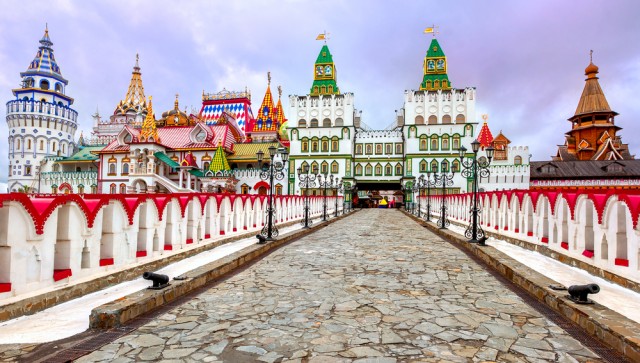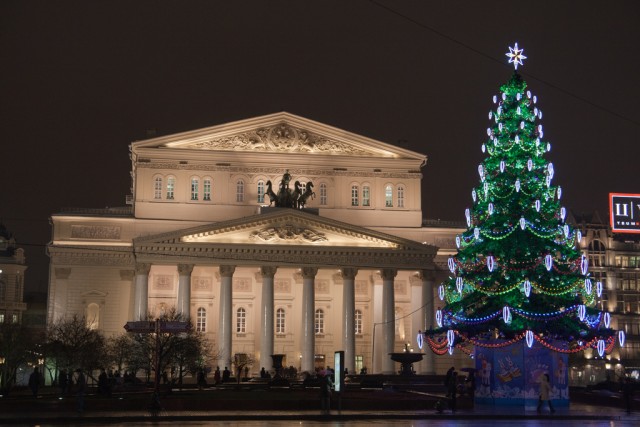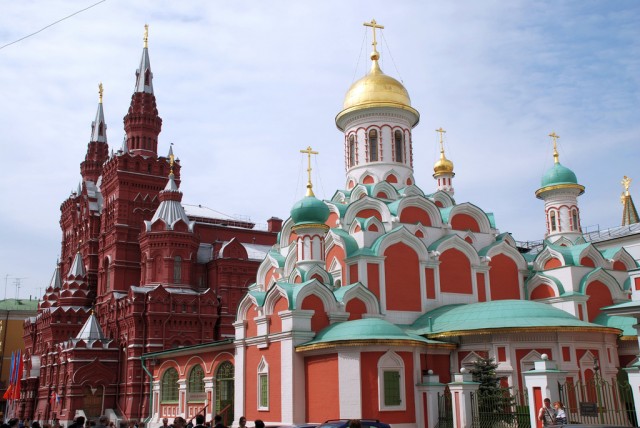 the Travel Enthusiast
the Travel Enthusiast
- 28 Mar
Adam in Amazing Places | NO COMMENTSThe Uniform Moscow
The Capital of Russia survived the winds of history, and it shines again
Coming from the airport, the enormous city appears suddenly. Everything is bigger than anywhere else: the buildings, the churches, the cathedrals and boulevards. However, the grandiose architecture of the city does not put in the shadows the numerous old buildings which date back to centuries which the lively capital of Russia protects.
Even though there are about 12.5 people living in Moscow, including its suburbs, there is no generalization called “typical Moscow local” because there is a mix of over a 100 ethnic groups of Asian or European origin, augmenting the the city’s vibe.
The locals are responsive and hospitable and its delightful to meet them in in a store or a business district like the New Arbat. Here you can try many local and traditional restaurants from every part of Russia. The old Arbat was the center of Russian literature and art, now becoming a colorful and crowded market.
Like London and Paris, Moscow developed tremendously in the last two centuries. At the edge of the city there is a train express line which surrounds the urban area, passing through flats and new industrial zones. More into the interior, a ring of another railway marks the settlement delimitations of the 18th century.
The garden ring neighbors the old fortifications and the boulevard ring covers Kitai Gorod (the old city), in the center where the Kremlin lies. In 1156, only few protecting embankments raised at the confluence of the rivers of Moscow.
The First Sign of Life
The official date of establishment is April 4 1147. A contemporary document mentions that at the same day the prince Yuri Dolgoruky, spent his time with his ally the prince of Novgorod-Severky in “Moscow”.
However, there were harsh times, the city had to protect itself from the Mongols, most of the times being unsuccessful. Although the fortifications improved constantly, only in the 15th century could the people live freely and safely.
- Flights
- Hotels
- Packages
- Cars
- Cruises
travel search by Travelgrove (get this widget)From that moment on, the ascension of Moscow to a big commercial and international center could not be tempered anymore by famine, fire or fights against Mongols or Tatars. Tsar Peter the Great himself augmented tremendously the economic development of the city, although he moved the capital to Saint Petersburg in 1712.
Napoleons Failure
Despite all of this, Moscow remained an economic center of the nation and a main target for the enemies of Russia. When Napoleon entered the city, in the Autumn of 1812, believing that the country was defeated, he found a deserted district, with 2/3 of the buildings burned and destroyed, being equal with the ground, thus having no food or shelter for its army. In October the disastrous retreat of the French army started waging through the exceptionally cold Russian winter.
Immediately after the retreat of the conquerors, in 1813, the locals started reconstructing the city with the constant flow of the newcomers. Many buildings from that time still exist. In the 1930’s, under Stalin’s leadership, Moscow was systematically renewed and, starting from the 1980’s, many new little cities were erected on the edge of the city.
Numerous beautiful classical buildings survived, even among new flat buildings too where many 16th century fortified churches and monasteries can be found.
The most visited Monument of the city is the Kremlin. With walls built with red bricks, connecting 20 towers, were constructed by Italian architects, who were called by Tsar Ivan III in the 15th century. (no predicate in the sentence)
With many churches and palaces, Kremlin is undoubtedly an architectural masterpiece.
In the old town around the Kremlin and the Red Square you can find many precious monuments from the 15th and also functional buildings of the 20th century. It has a specific style from the Stalinist era, be it from concrete or glass from 1950’s – 1960’s. The Bolshoi theater has international reputation and many impressionist museums are proof about the cultural, traditional life of Moscow.
You might also like



